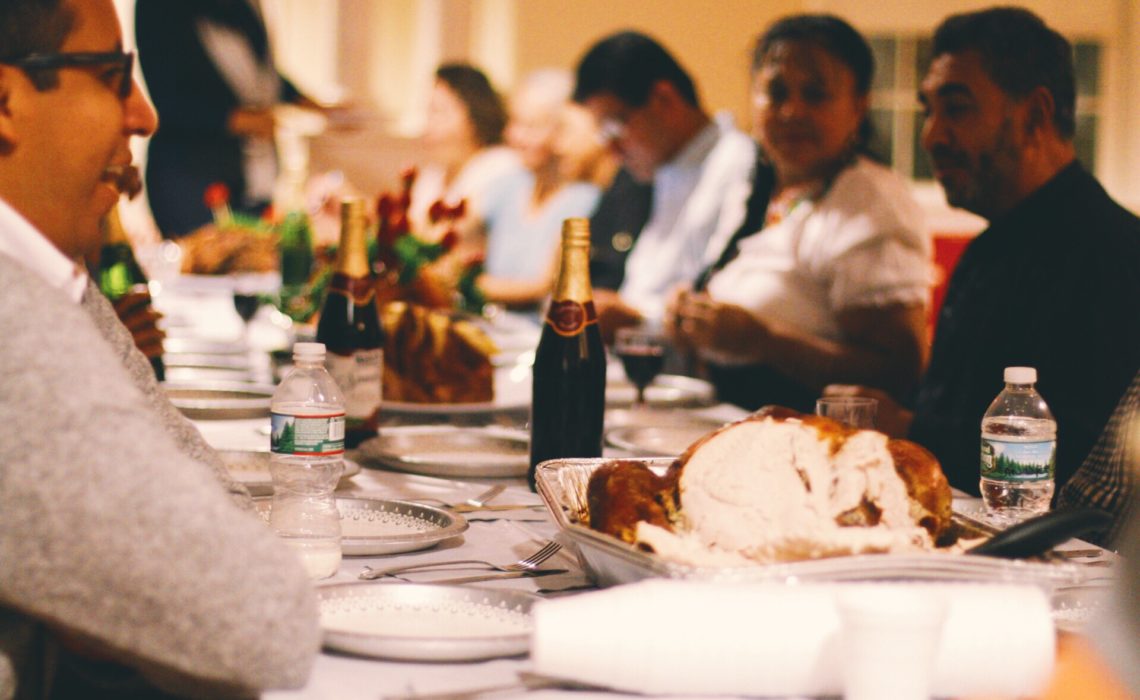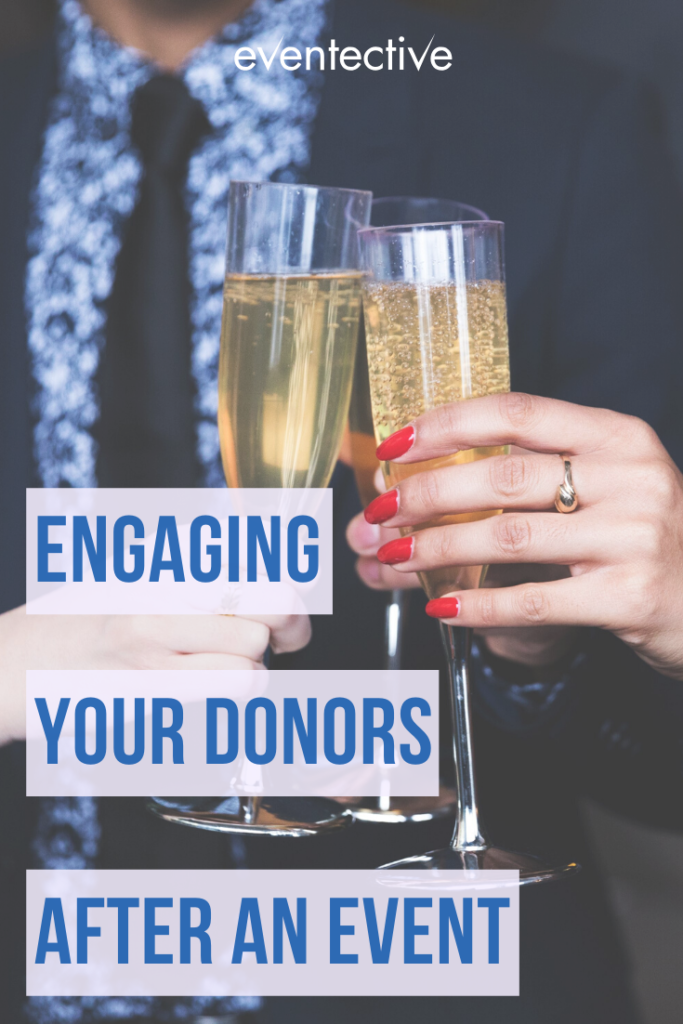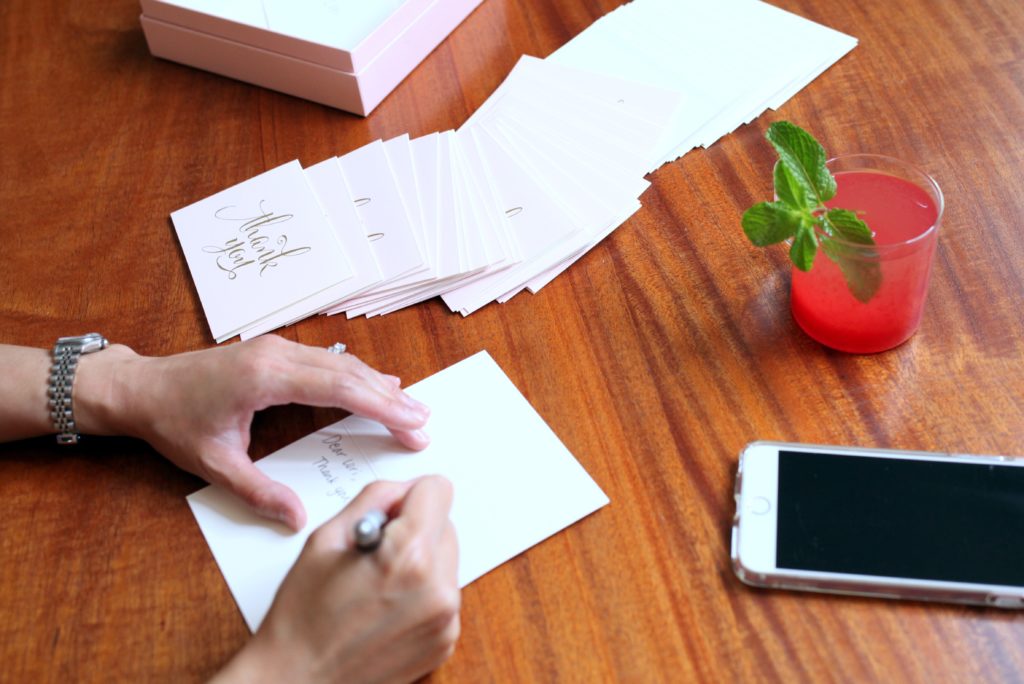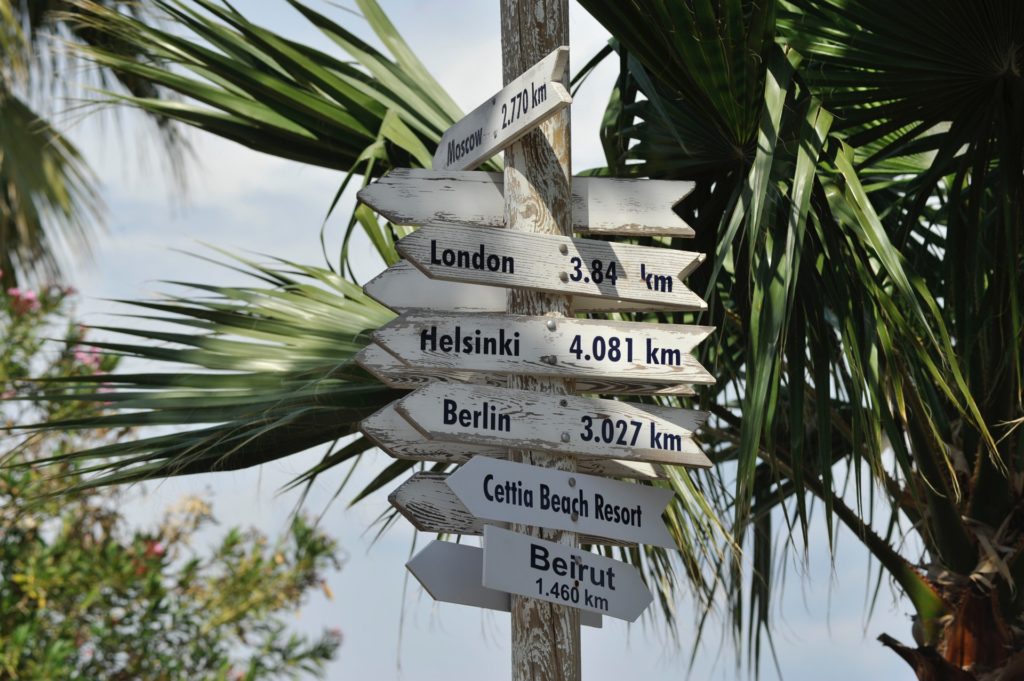
With the exception of three years, charitable giving has been on the rise since 1997. In 2017 alone, giving rose by 5 percent, and more than half of Americans gave to a charity in 2016. With these positive giving trends, your organization may find itself engaging with donors on a more regular basis. Charity events are an excellent way to engage with your VIP donors, or attract new donors for your cause. But a successful fundraising event doesn’t end when the attendees leave. Following up with your attendees after the event is crucial for the success of your next event, and for future giving.
Every attendee should be sent a follow-up communication within a week. That’s a fairly tight schedule, but there are ways you can ease the follow-up stress—without compromising quality. Establish your follow-up methods before the actual event. Draft the email, leaving spots blank for attendance rates and photos. You can easily insert that information and hit “send” in a week!
Follow-up communications are certainly an opportunity for additional giving. But that’s not the goal. Instead, this is an opportunity to strengthen your donor relationships. It might not result in more immediate giving—but it will help retain your donors, so they keep giving to your organization in the long run.

Customize Communications
If your donor list is long, you likely split that list into segments based on giving history. Typical segmentation includes new donors who recently gave for the first time, or have been giving for less than a year. Monthly donors give every month, and VIP or high-level donors may only give occasionally, but their donations are significant.
However you choose to follow-up with your donors, it’s important to tailor your message based on giving history. For example, VIPs should receive a hand-written thank you note, or a recorded video message in their email. If you have a high number of VIP donations at your event—congratulations and don’t panic! Follow-up via phone with generous donors within a few days. You should still send them a follow-up letter, but the phone call buys you an extra day or two. (Plus, a double thank-you effort never hurts!)
On the other hand, a new donor should receive an email, with more background on the organization. While every donor is important, communication should always align with giving history. Custom communication shows how well you know your donors and their giving history. VIPs will appreciate the extra investment—because they’ve invested so much into your organization. And new donors will appreciate being recognized so early on in their giving.
Say “Thank You”

All donor segments should be thanked for attending the event, whether they gave or not. Attending an event is a form of giving itself; your attendees spent valuable time and resources to show their support. (Plus ticket costs, where applicable.) Event follow-up should always focus on the donors, and how their presence and support made an impact.
As always, attendees who gave a large donation should receive a more robust thank-you package. This can include pictures from the event, or a small token of appreciation related to your event. Avoid branded tchotchkes—because they’re likely not useful for your donor. And make sure any gift is significantly less expensive than their donation. Otherwise, it looks like their money is going towards gifts—instead of the mission.
Share Highlights
Did your event break any records? How many people attended? How much money was raised? Your donors care about your mission—your success is their success. And the best way to showcase your success is with concrete, measurable data. Of course, you can translate that data into engaging graphics or a styled email. But simply telling your attendees that, “This year’s gala was a success!” isn’t helpful. Instead, tell them how it was a success by beating your goal by $10,000, or growing your first-time donor segment by 5 percent. Give them something to be excited about—while thanking them for helping to hit that benchmark.
Provide Next Steps

The person you’re writing just attended an in-person event and potentially gave money. You have their attention—don’t waste it! After thanking and informing them, keep them interested and engaged in your organization. Like we said earlier, these follow-ups aren’t necessarily an opportunity for additional giving—especially for VIP donors who gave significantly. But they are a great way to promote future events, ask to join the mailing list, direct to an online blog or social media page, and even request feedback.
Make sure the suggested next steps include their own engagement—ideally, using a new medium. For example, if you typically send direct mail letters, getting your donors to engage online now captures their attention on two different mediums. The more ways you engage your donors, the stronger their commitment to you grows—just like any relationship.
Conclusion
Donors are critical to your mission—regardless of their donation size. Your post-event follow-up reinforces that message. Keep it personal, and make it timely so that you stay top of mind. Make sure to include specific benchmarks and next steps so your donors know exactly how they helped, and what they can do next.
Do you break your donor lists into segments? How do you communicate with each segment differently?

